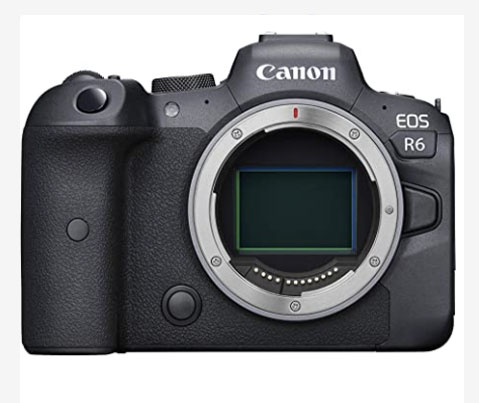

Obviously there are some key differences – the R3's being a cutting-edge stacked sensor while the R7's is an optimized version of the older one seen in the 90D – but this is still an incredibly powerful sensor in terms of both pixels and burst. Moreover, the R7's 32.5MP sensor also packs more resolution than the flagship's 24.1MP.
#Canon mirrorless frame comparison professional
Indeed, to the former point, the R7's 15fps continuous burst shooting with mechanical shutter is actually faster than Canon's professional sports and wildlife camera, the EOS R3 (which tops out at 12fps mechanically, though both bodies hit 30fps with the electronic shutter). Like its predecessor, the EOS R7 combines blazing speed with the optical advantages of an APS-C sensor. Spare battery type: Canon LP-E6NH / LP-E6N This enables photographs to be taken at high and low angles, even in portrait orientation (unlike more limiting tilt-only screens), and empowers both traditional videographers as well as content creators self-shooting pieces to camera. Its new location also requires a bit of mental reprogramming, as your thumb will dart to the old position to the right of the screen – though when your brain is used to things, it is logical to have the joystick and wheel positioned together.Īs is standard for all non-entry level EOS R bodies, the rear LCD screen is fully articulating. The wheel takes some getting used to, as it feels significantly different (both in size and tactility) to the old DSLR wheels.

The traditional chunky wheel, which previously encircled the SET button and digital pad, has been replaced by a newly designed and much smaller wheel that instead circles the joystick – both of which have moved up, to the right of the viewfinder. However, as part of a general decluttering of controls, the joystick has been repositioned along with a number of buttons and the rear control wheel – which has seen some big changes.


 0 kommentar(er)
0 kommentar(er)
